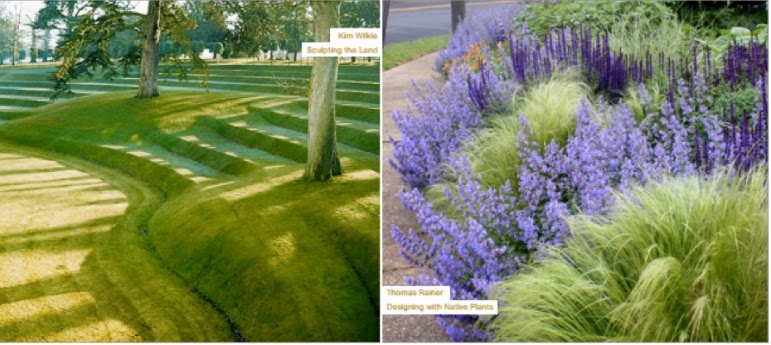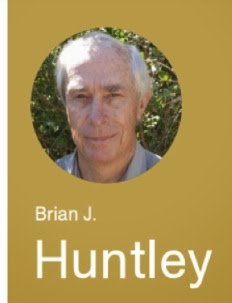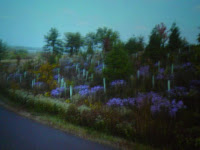Hot off the press (seriously) - and before many of you darling garden enthusiasts receive notice in the Post -- here is the The New York Botanical Garden announcement of its 14th Annual Winter Lecture Series
Being all things spot-on, do you think the NYBG visionaries launched the Lecture series to coordinate with the calendar years?
It is uncanny how the lecture series coordinates so nicely with year: 14 in 2014...
It is uncanny how the lecture series coordinates so nicely with year: 14 in 2014...
The Lecture Series is Presented by Adult Education and the
School of Professional Horticulture.
How much do we love these two garden educators?
Before the holiday festivities and the winter solstice have you hibernated or celebrating beyond reach, get out your 2014 calendars and digital schedules for three Thursdays:
January 30, February 20, and March 20.
January 30, February 20, and March 20.
Garden enthusiasts, landscape design professionals, NYBG Members, and horticulturists fill these reservations very fast, so those who may not fall into these plant-lover tribes, shouldn't wait to register for a seat at these memorable, informative NYBG lectures.
Speakers Dates:
Brian J. Huntley
- Thursday, January 30
Kim Wilkie -
Thursday, February 20
Thomas Rainer -
Thursday, March 20
Time: 10 a.m.–12 p.m.
Location:
Ross Hall
The New York
Botanical Garden
2900 Southern
Blvd.
Bronx, NY 10458
The essence of a
successful garden lies in its ability to inspire as well as to satisfy the
inner souls of the creator and the visitor. This year’s lineup of exceptional
speakers share their insights on both the functionality of gardens— ranging
from preserving natural landscapes with indigenous flora to interpreting spaces
based on physical as well as metaphysical parameters— and the emotional value
of designing gardens that reflect personal passions and aspirations. Join us
for a fascinating lecture series that will expand your mind and enhance your
appreciation of gardens.
Kirstenbosch: The Most Beautiful Garden
in Africa
Thursday, January 30 • 10 a.m.–12 p.m.
The name
Kirstenbosch resonates around the gardening world as the home of a niquely beautiful flora in a setting of
unsurpassed beauty. Situated at the southern
tip of Africa, it is the flagship of South Africa’s network of nine
National Botanical Gardens and has had a major influence on biodiversity
science and conservation across Africa.
In this richly
illustrated lecture, Kirstenbosch expert Brian J. Huntley will describe the
long history of botanical exploration in southern Africa, and the remarkable
personalities and plants contributing to this botanic treasure, which has
received 33 gold medals in 38 years at the Chelsea Flower Show. Emeritus
Professor Brian J. Huntley is a world-renowned conservation scientist and a key
figure in post-Apartheid conservation across southern Africa. A former CEO of
the South African National Biodiversity Institute and the National Botanical
Institute, he now consults on global conservation projects for the UN and most
recently authored Kirstenbosch: The Most Beautiful Garden in Africa.
Thursday, February 20 • 10 a.m.–12 p.m.
In his own
words, Kim Wilkie is a landscape architect who loves mud. He works in he ancient British tradition of sculpting
huge landforms out of clay and chalk and clothing them in grass. Drawing on
history, insights, and experience, Wilkie will talk about these traditions and
show examples of his renowned work from
Heveningham Hall in Suffolk to Boughton in Northamptonshire. He will
also show
how the ideas
can be translated into small urban spaces. Kim Wilkie studied history at Oxford
and landscape architecture at the University of California, Berkeley,
before setting
up his landscape studio in London in 1989.
He collaborates
with architects and landscape architects on public gardens and on private estate gardens in the U.K. and around
the world such as the Victoria and
Albert Museum
Garden in London and the Villa La Pietra in Florence. He combines designing
with the muddy practicalities of running a small farm in Hampshire, where he is
now based. His 2012 book, Led by the Land, chronicles his landscape philosophy
and work.
Thursday, March 20 • 10 a.m.–12 p.m.
A passionate
advocate for an ecologically expressive design aesthetic that interprets rather
than imitates nature, Thomas Rainer will critique current approaches to
designing with native plants and present a bold, alternative design aesthetic
based on artful interpretations of native plant communities. Rainer will
discuss his process of distilling native communities into striking, adaptable
patterns—particularly in urban and suburban sites that have little in common
with the native plants that once flourished there—and creating lush, dynamic
plantings that can be replicated in any setting.
Thomas Rainer is
an accomplished landscape architect who teaches in the George Washington
University Landscape Design program and writes on gardens and landscaping at Grounded
Design, his award-winning blog. He has designed more than 100 gardens as well
as landscapes for the U.S. Capitol grounds, the Martin Luther King, Jr.
Memorial, and The New York Botanical Garden.
Registration:
Register at http://www.nybg.org/adulted/
or call 800.322.NYBG (6924).
Each lecture:
$31/$35 (Member /Non-Member)
The series:
$84/$95 (Member /Non-Member)
Seating is
limited, so please register early. Registration will be accepted at the door
only if seating is available.
CEUs: Each lecture is approved for two credit hours by the:
American Institute of Architects, the Association of Professional Landscape
Designers, and the Landscape Architecture Continuing Education System.





























